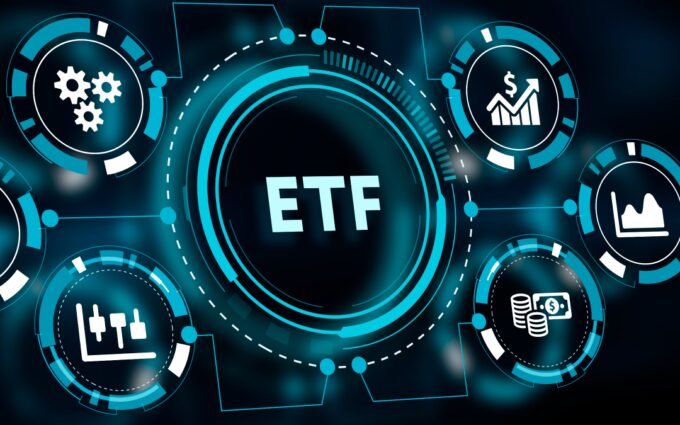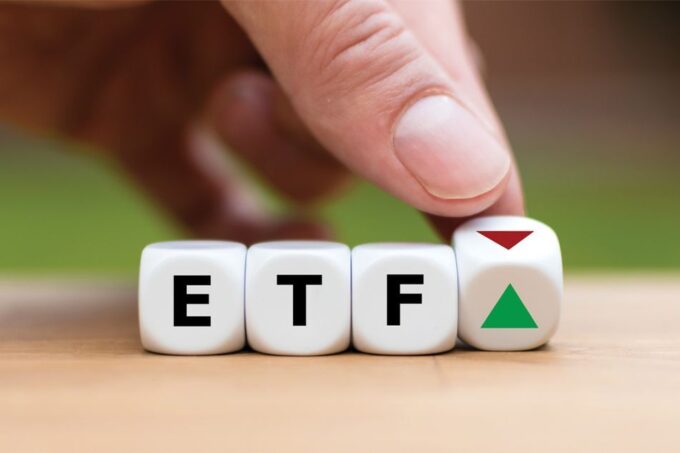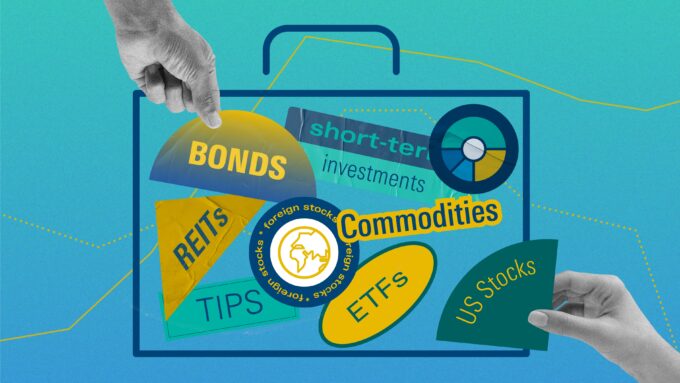In the dynamic realm of Danish finance, gaining advanced insights into banking, ETFs, and strategic investment approaches is crucial for investors navigating the market’s complexities. This article delves into the nuances of Denmark’s financial landscape, highlighting key aspects that shape investment decisions.
Banking in Denmark
Denmark boasts a robust banking sector characterized by a diverse range of institutions catering to various financial needs. Major players such as Saxo Bank, Danske Bank, Nordea, and Jyske Bank dominate the market, offering a spectrum of services from private banking for affluent clients to corporate financing solutions.
The regulatory framework, overseen by the Danish Financial Supervisory Authority, ensures stability and transparency in banking operations, fostering investor confidence.
Private Banking for High-Net-Worth Individuals
Private banking services in Denmark cater to high-net-worth individuals (HNWIs), offering personalized wealth management strategies and investment opportunities. These services go beyond traditional banking, focusing on asset preservation, tax optimization, estate planning, and philanthropic endeavors.
HNWIs benefit from access to exclusive investment products, tailored financial advice, and dedicated relationship managers who understand their unique financial goals.
Corporate Banking and Financing Solutions
Corporate banking services support businesses of all sizes, providing financing solutions tailored to their growth objectives. Services include working capital management, trade finance, corporate loans, and capital market transactions.
Danish banks collaborate closely with corporate clients to structure financing packages that align with their strategic plans, whether it’s funding expansions, acquisitions, or sustainability initiatives.
Investment Banking Services
Investment banking is vital in Denmark’s financial ecosystem, offering advisory services, capital raising, and mergers and acquisitions (M&A) expertise. Investment banks assist companies in navigating complex financial transactions, evaluating strategic opportunities, and optimizing capital structures.
M&A activities drive consolidation and growth across industries, facilitated by investment bankers’ financial expertise and market insights.
ETFs (Exchange-Traded Funds) in Denmark

Due to their diversified exposure and cost-effectiveness, exchange-traded funds (ETFs) have gained prominence in Danish investment portfolios. Danish investors have access to a wide range of ETFs, including equity ETFs tracking global indices, bond ETFs offering fixed-income exposure, and sector-specific ETFs focusing on industries like technology, healthcare, and renewable energy.
Advantages of ETFs
The advantages of ETFs over traditional investment vehicles lie in their liquidity, transparency, and low management fees. ETFs trade on stock exchanges like individual stocks, providing intraday liquidity and real-time pricing.
Their transparent structure lets investors see underlying holdings and portfolio compositions, enhancing transparency and investment decision-making. Additionally, ETFs typically have lower expense ratios than actively managed mutual funds, making them cost-effective investment options.
Strategic Use of ETFs

Investors can strategically employ ETFs for asset allocation, sector rotation, and risk management. Asset allocation techniques involve balancing investments across asset classes like equities, bonds, and commodities to optimize risk-return profiles.
Sector rotation strategies capitalize on sector-specific trends and economic cycles, adjusting portfolio allocations accordingly. ETFs facilitate diversification by providing exposure to multiple securities within a single investment vehicle, reducing specific risks and enhancing portfolio resilience.
Strategic Investment Approaches
In the realm of strategic investment approaches, investors in Denmark leverage a mix of fundamental and technical analysis to make informed decisions. Fundamental analysis assesses a company’s financial health, management quality, and growth prospects to determine its intrinsic value.
Value investing principles emphasize buying undervalued assets with long-term growth potential, while growth investing targets companies poised for rapid expansion and market leadership.
Alternative Investment Approaches

Apart from traditional investment strategies, Danish investors explore alternative investment approaches to diversify portfolios and access non-traditional asset classes. Real estate investment trusts (REITs) offer exposure to real estate assets, providing income generation and capital appreciation potential.
Commodities investing, including precious metals, energy, and agricultural products, serves as a hedge against inflation and geopolitical risks. Private equity and venture capital investments offer opportunities to participate in the growth of private companies and startups, potentially generating substantial returns over time.
Risk Management Techniques
Risk management is integral to investment strategies, with Danish investors employing various techniques to mitigate downside risks and preserve capital. Hedging with derivatives, such as options and futures contracts, helps protect portfolios from adverse market movements and volatility.
Portfolio optimization strategies focus on achieving an optimal risk-return balance by diversifying across asset classes, geographic regions, and investment styles. Regular portfolio rebalancing ensures asset allocations align with investment objectives and risk tolerance levels.
Future Trends and Opportunities

Danish finance is poised for exciting developments in sustainable investing, technological innovation, and regulatory evolution. Opportunities in sustainable finance align with Denmark’s commitment to environmental stewardship, offering investors avenues to support eco-friendly initiatives while generating financial returns.
Technological advancements, including fintech solutions and digital banking platforms, are reshaping how financial services are delivered and accessed, presenting opportunities for innovation and efficiency gains.
Regulatory changes, such as updates to tax laws and investment regulations, will influence investment strategies and require investors to stay informed and adaptable.
Emerging trends also highlight the integration of blockchain technology in financial systems, fostering transparency and security.
Furthermore, the shift towards virtual currencies opens new avenues for investment and cross-border transactions. Additionally, the rise of robo-advisors revolutionizes wealth management, offering personalized financial advice and automated portfolio management.
Conclusion
In conclusion, gaining advanced insights into Danish finance equips investors with the knowledge and strategies needed to navigate the complexities of the financial markets effectively.
By understanding banking dynamics, strategically leveraging ETFs, and employing diversified investment approaches, investors can optimize their portfolios and seize opportunities in Denmark’s dynamic financial landscape. Continuous learning, adaptability, and a long-term perspective are key to success in the ever-evolving world of finance.











